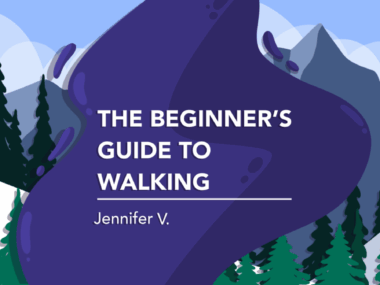Reactions to trauma, treatment are often behind NMOSD ‘mood swings’
It's too easy for patients and others to disregard the emotional consequences
Written by |

It’s not you; it’s me.
That’s a way to explain the inevitable mood swings that come with neuromyelitis optica spectrum disorder (NMOSD), but it’s not the whole story.
There’s a lot to unpack with an invisible disability. We who have a rare disorder may have trouble articulating how it’s traumatic, for instance. Most people understand trauma when the cause is something immediate, such as a car accident or even a heart attack, but not necessarily when it’s every day, gradual, and happening over a lifetime, as it is with NMOSD. But that’s trauma, too.
Whenever I’ve had an NMOSD episode, whether major or minor, I’ve had to overcome shock. I can’t believe that this disease is my life and I have to endure it. Eventually, as the shock wears off, a new reality settles in, and with it a whole range of emotions. Regardless of how well I explain the challenges of an invisible disability, there’s no way I can express the trauma of losing vision, facing paralysis, or having extremities go numb, not to mention the isolation and loneliness that accompany such symptoms.
I’ve sought guidance from other NMOSD patients who’ve gone through a similar disease trajectory. That too has been difficult because NMOSD patients can be seen as unicorns, with very individualized histories. But among all the patients I’ve encountered, I’ve seen a matter-of-fact attitude toward our disease. We know NMOSD is just something that’s happened and not who we are, even if our episodes happen repeatedly.
I can’t help but wonder if this approach, this coping mechanism, is hurtful to our mental health and manifests as irritability, bouts of sadness, and even angry outbursts. And when these mood swings occur, we tend to look inward without recognizing the trauma we’ve experienced.
The power of human touch
Feeling misunderstood can make emotions run high. I’ve had to rely on my support network more than I’d like to help me with the emotional consequences of my disease, an area of care that I’ve grossly miscalculated over the years. Helping NMOSD patients with transportation, meal preparation, and caregiving is tangible and thus easy to understand. But I’ve more often looked to my network to support me with my feelings.
When I’m suddenly feeling down, I can dip further into a depression if the energy around me isn’t positive. In general, my high emotions can be eased or resolved with a smile or a hug, but these simple interactions are often overlooked. I’ve always found it challenging to tell my loved ones that all I need is positive reinforcement; I fear that statement might be misconstrued as ungrateful, resulting in a dispute or worse. I never want my support network to feel helpless, but I imagine at times they do.
When I try to put myself in their shoes, I wouldn’t believe me either if all I were asking for was a hug. That can result in a cycle of misunderstanding that’s often mislabeled as a mood swing.
Finally, NMOSD patients may miscredit the effects of our medication and treatments, which can feel like an evil villain that threatens our storybook ending. At such times my emotions can get the best of me, and I wish others could understand that I’m under the influence. Steroids, for instance, are a common NMOSD treatment, but they wreak havoc on every element of my body — including my emotions. I can feel numb one minute and envision murder the next. While I’d never commit a major crime, feeling like I’m on the verge can cause further isolation.
Meanwhile, my pain medication regularly affects my sleep, such that the next day I’m functioning but not with any meaningful emotion.
Defining NMOSD challenges simply as mood swings can be hurtful. I’ve found that open communication from everyone – patients, caregivers, and practitioners — is the best solution because in the end, we’re all just humans doing the best we can.
Note: Neuromyelitis News is strictly a news and information website about the disease. It does not provide medical advice, diagnosis, or treatment. This content is not intended to be a substitute for professional medical advice, diagnosis, or treatment. Always seek the advice of your physician or other qualified health providers with any questions you may have regarding a medical condition. Never disregard professional medical advice or delay in seeking it because of something you have read on this website. The opinions expressed in this column are not those of Neuromyelitis News or its parent company, Bionews, and are intended to spark discussion about issues pertaining to neuromyelitis optica spectrum disorder.






Leave a comment
Fill in the required fields to post. Your email address will not be published.